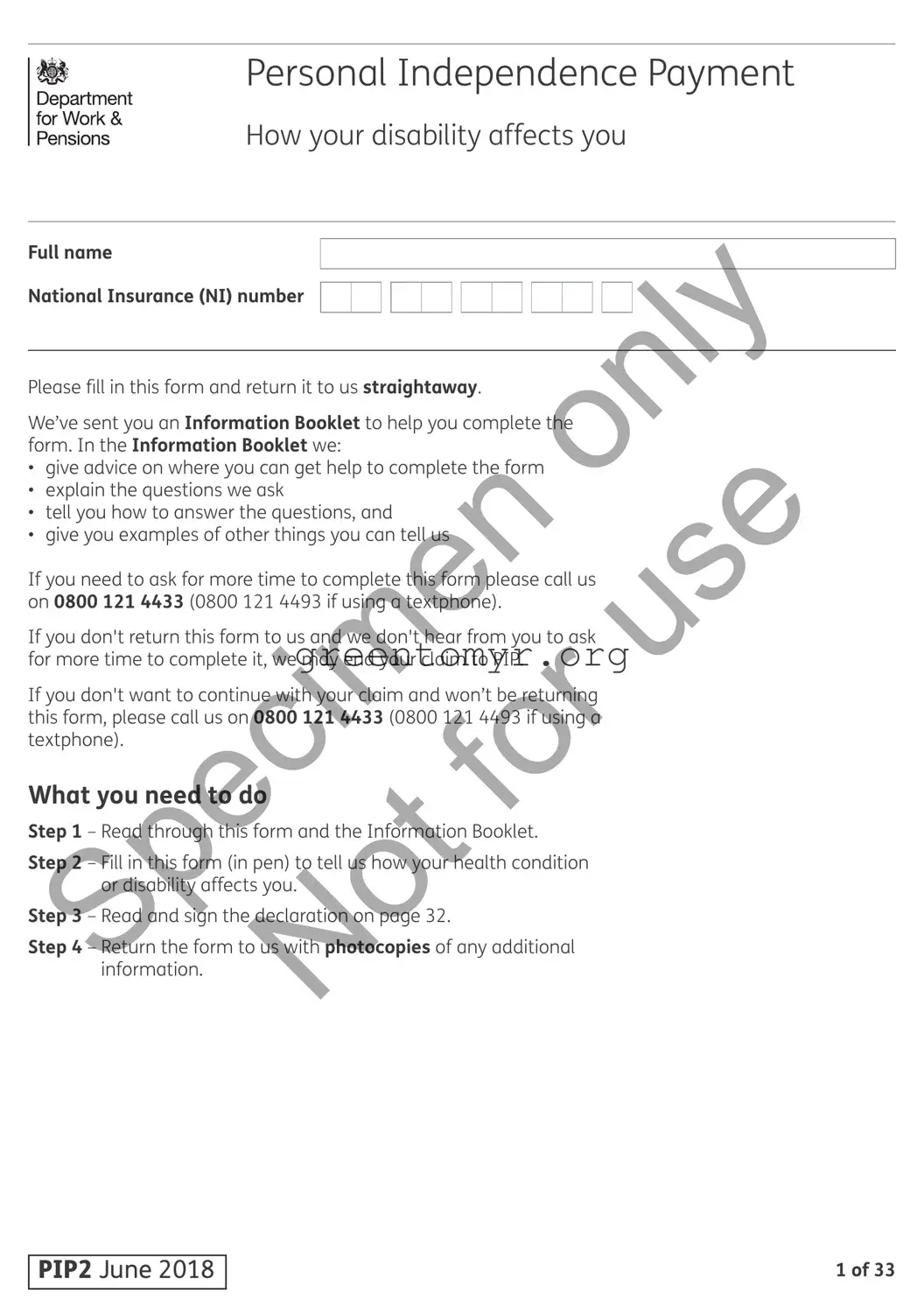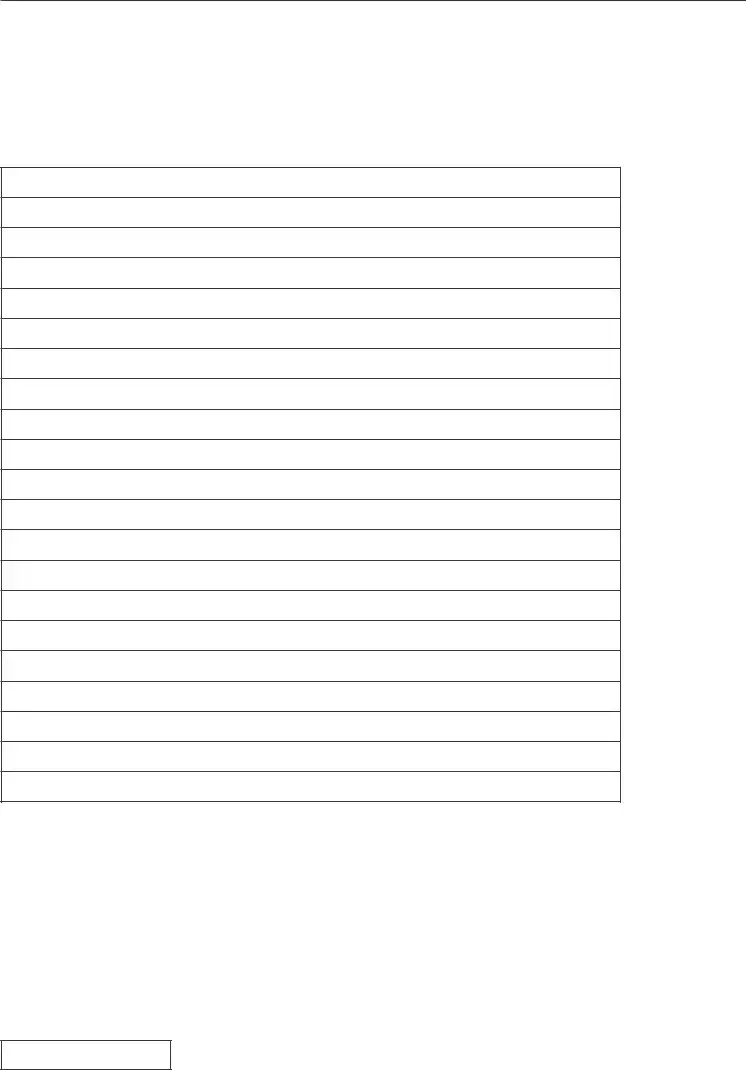Filling out the Personal Independence Payment (PIP) form can be daunting, yet avoiding common mistakes is essential for a successful application. One mistake is not reading the Information Booklet thoroughly. This resource provides crucial guidance on how to answer questions accurately and what additional information may be necessary. Skipping this step can lead to incomplete submissions and potential delays.
Another frequent error is failing to clearly describe how a health condition affects daily life. It is vital to provide specific examples rather than general statements. For instance, explaining how a disability impacts mobility or social interaction will paint a clearer picture for the reviewer.
Addressing the section about health professionals is equally important. Many applicants forget to include appropriate contact details for their healthcare providers. This information helps validate the applicant’s claims and can facilitate timely communication if more information is needed.
Providing accurate start dates for health conditions is another common mistake. Oftentimes, applicants provide vague or estimated dates rather than the approximate time each condition began. Clear timelines can enhance the credibility of the information provided.
In addition, not detailing medications and treatments can weaken an application. It is crucial to list all medications and treatments along with their side effects. Not doing so can lead to misunderstandings regarding the severity and impact of the condition.
Many applicants also neglect to sign the declaration at the end of the form. This signature affirms that all provided information is correct and should not be overlooked, as failure to sign can result in processing delays.
When submitting the form, ensure that only photocopies of relevant documents are included. A common error is sending original documents. Keep in mind that PIP cannot return any materials submitted, so it is wise to send copies only.
Some individuals struggle with the requirement to return the form promptly. Those who do not return the completed form might disregard the fact that failure to respond can lead to the termination of their claim. It is critical to meet deadlines or formally request an extension when needed.
Furthermore, while completing the form, it is important to avoid using vague language. Terms like “sometimes” or “a little” do not convey the full extent of the impact a condition has on daily activities. Detail is key to relaying the true challenges faced.
Finally, be cautious of the information being sent. Sending irrelevant fact sheets or printouts from the internet does not support the claim. Instead, focus on providing personal documentation that directly relates to the individual's daily experiences with their health condition.
Avoiding these mistakes will enhance the accuracy and effectiveness of the PIP application, ultimately supporting a smoother claims process.










